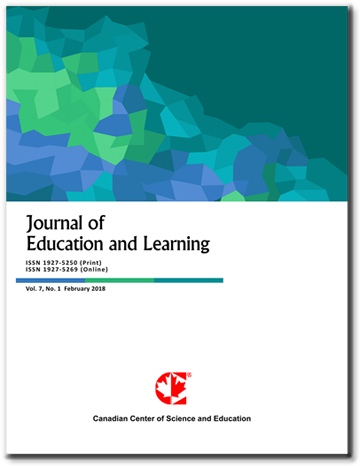The Impact of Socioeconomic Disadvantages on Academic Achievement During COVID-19 School Disruptions
- Promethi Das Deep
- Nitu Ghosh
- Yixin Chen
- Catherine Gaither
Abstract
The COVID-19 pandemic disrupted education worldwide, magnifying existing socioeconomic disadvantages. This narrative review utilized the SANRA—a scale for the quality assessment of narrative review articles to examine 20 articles from the past six years to explore the impacts of the shift to online learning, especially for children from lower-income households. Students from disadvantaged backgrounds faced significant challenges, leading to widening academic gaps. Key factors included limited access to technology and reliable internet, inadequate parental support due to work commitments or limited education, and emotional stress from social isolation, financial instability, and health concerns. While wealthier families could afford private tutors or extra resources, lower-income students struggled to maintain educational continuity. Additionally, parents with higher levels of education were better equipped to support their children’s learning. The digital divide left many students unable to fully participate in virtual classes or complete assignments, resulting in long-term learning losses. Food insecurity and unstable housing further hindered their focus on education. Addressing these disparities requires systemic interventions such as increased access to technology, targeted academic recovery programs, and stronger school-community partnerships. Without such measures, the educational inequities deepened by COVID-19 may persist for generations.
- Full Text:
 PDF
PDF
- DOI:10.5539/jel.v14n5p57
Journal Metrics
Google-based Impact Factor (2021): 1.93
h-index (July 2022): 48
i10-index (July 2022): 317
h5-index (2017-2021): 31
h5-median (2017-2021): 38
Index
Contact
- Grace LinEditorial Assistant
- jel@ccsenet.org
